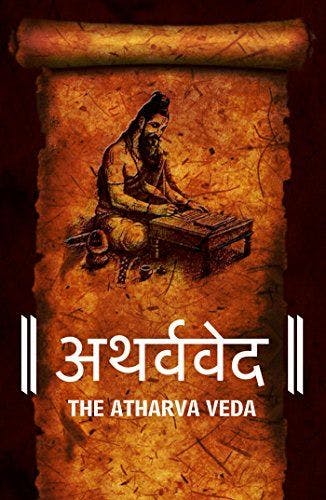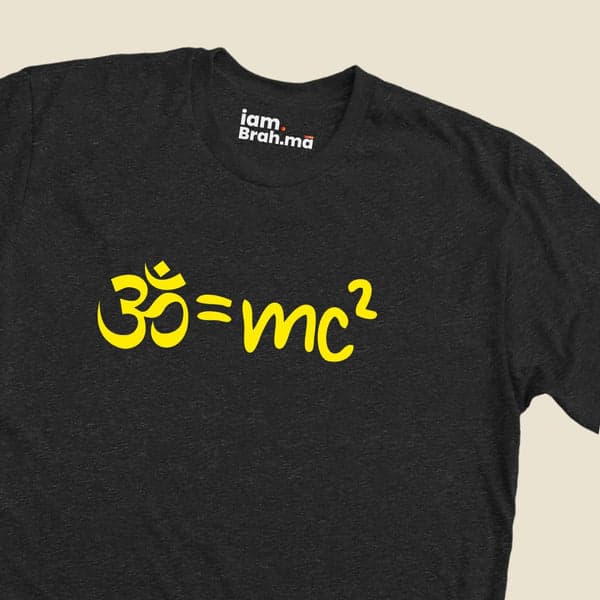Atharva Veda
The Atharvaveda is the oldest literary monument of Indian medicine. It is believed to be the origin of Ayurveda, the Indian science of medicine. There are a series of Mantras related to curing various physical and mental diseases. Another class of hymns includes prayers for protection from the bite of snakes or injurious insects. We find mention and application of medicines and medicinal herbs. This feature distinguishes the Atharvaveda from the rest of the Vedas. Philosophical portions of this Samhita present a fairly high development of metaphysical thought. The chief ideas of the Upanishads, the conception of a highest god as creator and preserver of the world (Prajapati), and even the ideas of an impersonal creative principle, besides a number of philosophical terms such as Brahman, Tapas, Asat, Prana, Manas must have been the common property of large circles – at the time when these hymns originated. Therefore, the study of the philosophical ideas, revealed in the Atharvaveda, is important to understand the development of Indian Philosophical thought. Atharvaveda is the only Veda which is related to both worldly happiness and spiritual knowledge. Vedic commentator Sayana has praised this for fulfilling both ends – this world and the other world. Thus, it appears to be an interesting text for a general reader of the Vedic literature.

...




